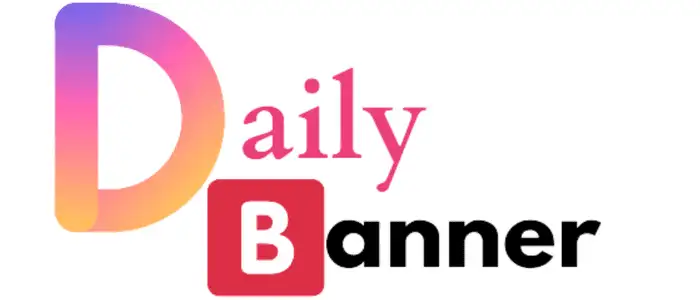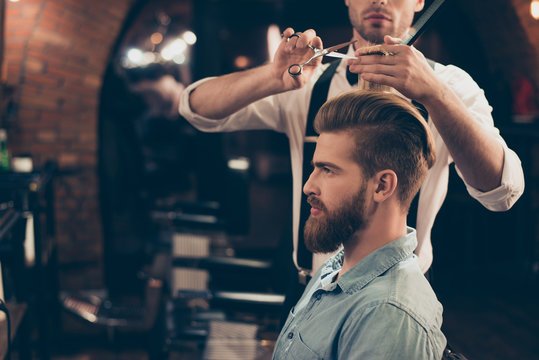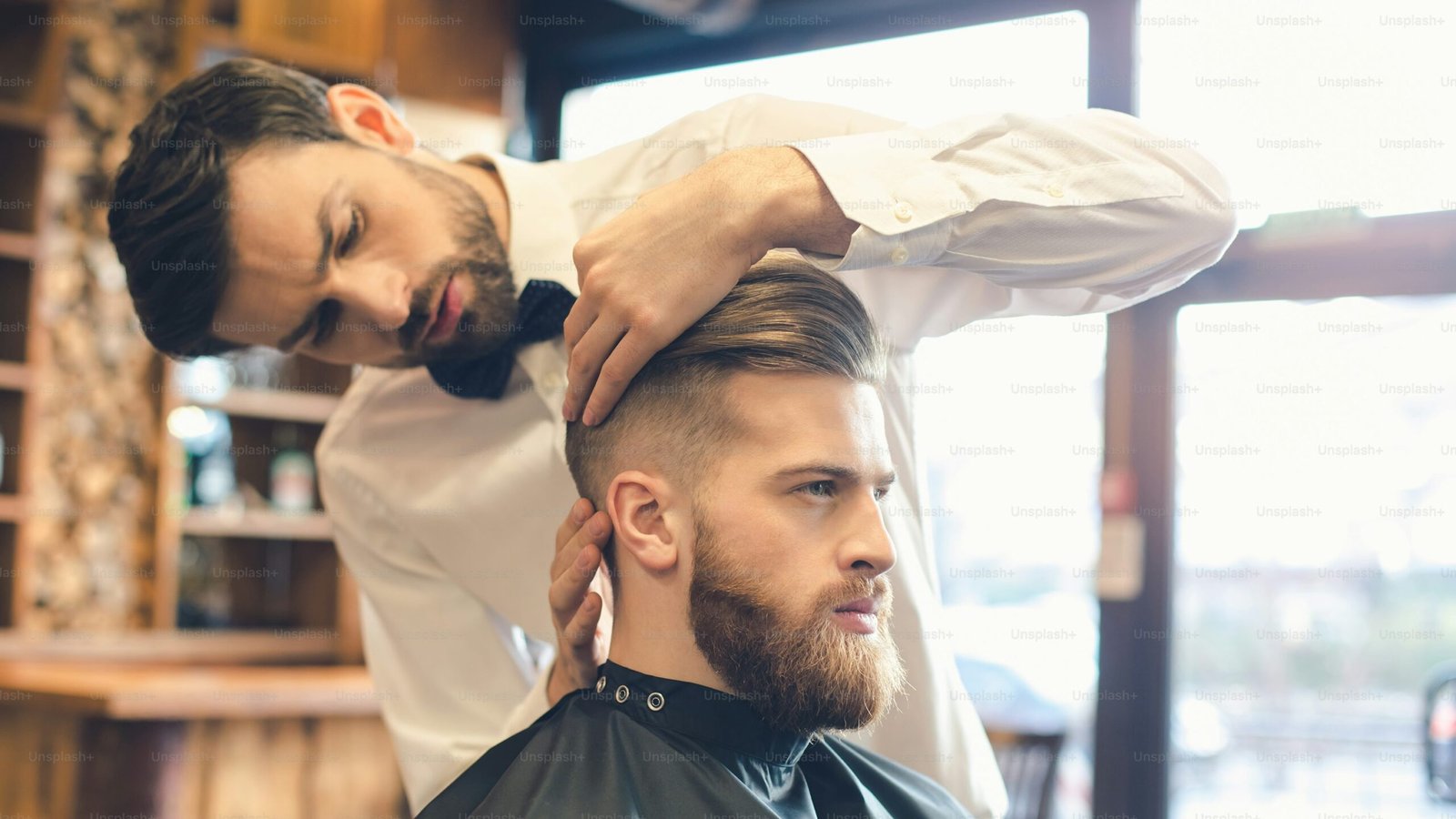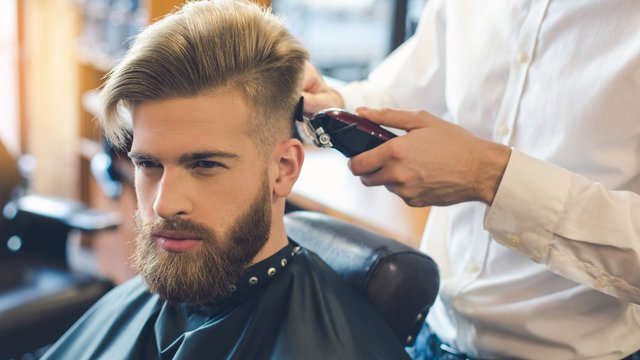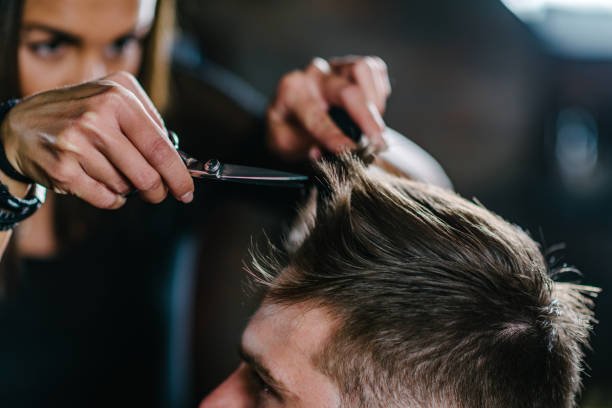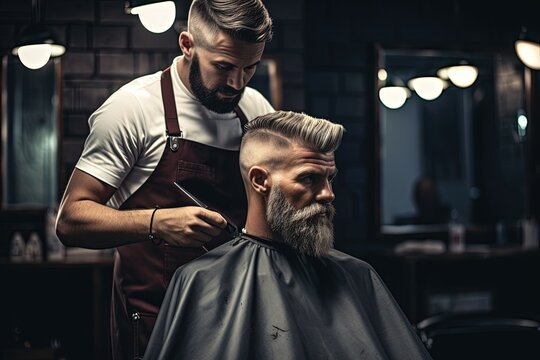The Art of Haircutting: Styles, Techniques, and Trends
Haircutting is more than just a routine trim—it’s a transformative art form that can express personality, boost confidence, and enhance natural beauty. Whether you’re visiting a salon for a new look or learning to cut hair yourself, understanding the basics of hairstyle cutting can make a world of difference.
Why Haircuts Matter
A great haircut frames the face, complements bone structure, and reflects individual style. It can also:
-
Refresh your appearance
-
Make hair easier to manage
-
Keep up with seasonal trends
Popular Haircut Styles
Haircut trends evolve constantly, but here are some timeless and current styles that continue to inspire:
1. Bob Cut
A versatile classic, the bob can be sleek and straight or tousled and layered. It’s great for anyone wanting a clean, fashionable look that’s easy to maintain.
2. Pixie Cut
Bold and low-maintenance, the pixie cut is perfect for those looking for a dramatic change. It accentuates facial features and works well with both fine and thick hair.
3. Layered Cut
Layering adds movement and texture, ideal for thick or wavy hair. It can give volume to thin hair or help reduce bulk in heavier styles.
4. Fade or Taper (Men’s Cuts)
A fade gradually transitions from short to shorter hair, giving a modern and polished finish. Popular among men, it pairs well with various top styles like a quiff, pompadour, or crew cut.
5. Shag Cut
With its edgy, layered look, the shag cut is making a comeback. It’s perfect for those seeking a retro, rock-n-roll vibe.
Basic Cutting Techniques
A successful haircut begins with the right technique. Professional hairstylists often use:
-
Point cutting: To create texture and remove bulk
-
Blunt cutting: For sharp, straight lines (e.g., bobs)
-
Slide cutting: To shape and blend layers seamlessly
-
Clipper cutting: Common in short hairstyles and fades
-
Razor cutting: For soft, feathered ends and movement
Choosing the Right Cut
The best haircut complements your:
-
Face shape (round, oval, square, heart, etc.)
-
Hair texture (straight, wavy, curly, coily)
-
Lifestyle (low-maintenance vs. styled daily)
-
Personal style (classic, trendy, edgy, natural)
A skilled stylist will also consider hair growth patterns, cowlicks, and the client’s long-term hair goals.
Haircut Trends to Watch
As of 2025, some trending styles include:
-
Modern mullets with soft transitions
-
French bobs with a slight wave
-
Curtain bangs framing the face
-
Buzz cuts for a bold, gender-neutral look
-
Invisible layers for natural volume
Final Tips
-
Regular trims (every 6–8 weeks) help maintain shape and health.
-
Consult your stylist before making major changes.
-
Use the right tools if cutting hair at home: sharp scissors, sectioning clips, and a comb.
-
Don’t cut wet curls without experience—curly hair shrinks when dry!
Conclusion
Haircutting blends skill, creativity, and personal expression. Whether you’re going for a subtle refresh or a total transformation, the right hairstyle can uplift your entire look. With evolving trends and a better understanding of techniques, anyone can find the perfect cut that suits their unique identity.
